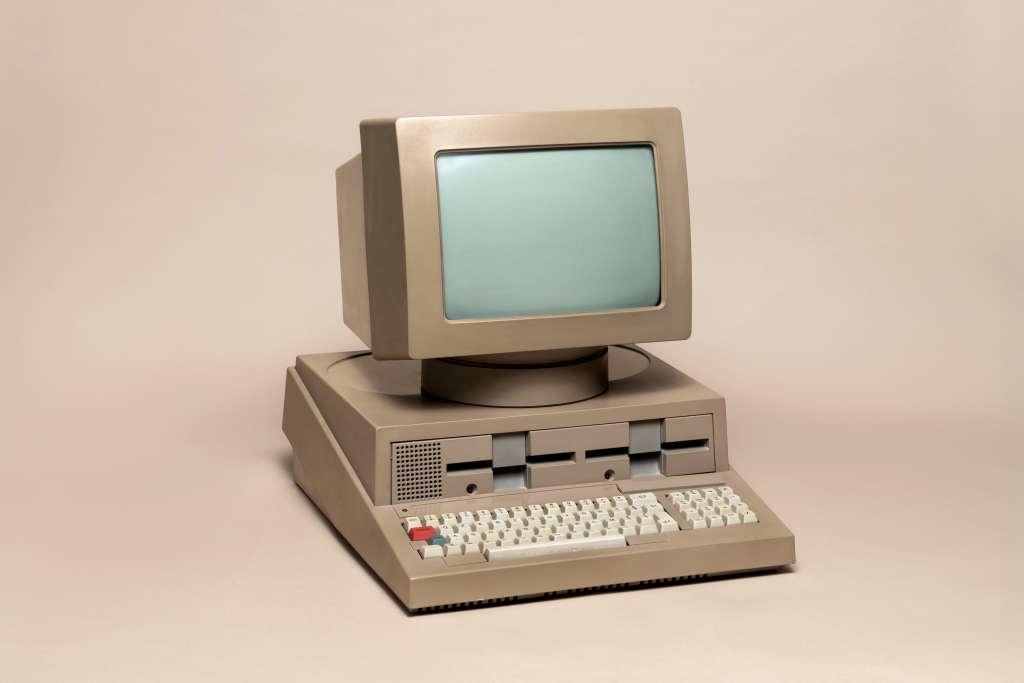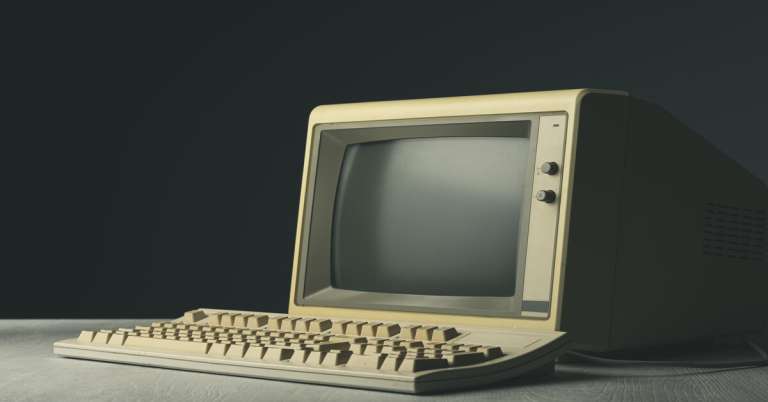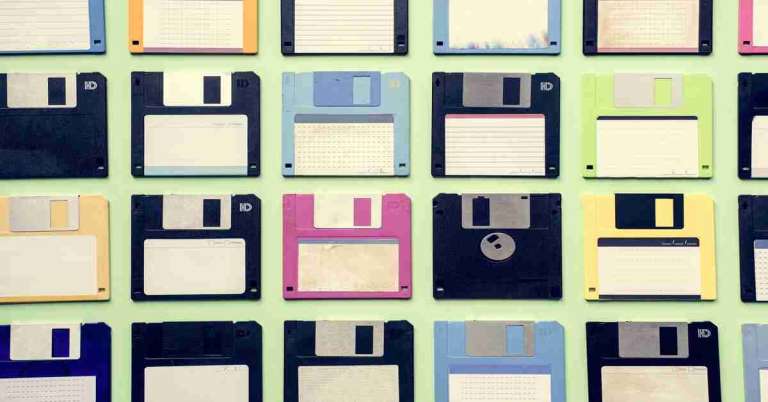In the world of fast-growing technologies, the role of classic software in the formation of the modern world of applications and systems cannot be overestimated. These pioneering programs not only gave rise to the future ones, but also presented ideas and features, which are still part of modern software design. This paper will explore the role of the old software in modern technology and look at the epochal events and how they have shaped the future.
The Development of Classical Software
Classic software generally denotes those programs which were written in the early years of computing, the 1970s to early 2000s. These programs brought new concepts and features which transformed the user experience with the computers. Among the most important classic software, one can distinguish:
1. Microsoft Word (1983)
Among the most popular word-processing software, Microsoft Word, came out in the year 1983. It also brought in a user-friendly interface and such features as WYSIWYG (What You See Is What You Get) editing, a spell check and formatting enabling functions that enabled more people to create documents easily. The impact of Microsoft Word can be seen in the current word processing tools that still follow the same lines of functionality and user-focused designs.
2. Lotus 1-2-3 (1983)
Lotus 1-2-3 was an innovative spreadsheet application, which integrated spreadsheet, database and graphing functions. The user-friendly nature and strong functionality made it become a business necessity in the 1980s and 1990s. The design and the features of the most used spreadsheet software like Microsoft Excel and Google sheets owe their origin to Lotus 1-2-3.
3. Adobe Photoshop (1988)
Adobe Photoshop was introduced in 1988 and transformed the world of photo editing and graphic designing. It also featured layers, filters, and better color correction which have become the norm in current image editing programs. Photoshop is far-reaching and the ideas of the software have even permeated graphic design and even photography, advertising and social media.
4. Netscape Navigator (1994)
The Netscape Navigator was one of the most popular web browsers that contributed to the popularity of the internet in the mid-nineties. Its easy to use interface and applications such as bookmarks and cookies have become the benchmark of web browsing. The philosophy of Netscape Navigator has still influenced browsers in the present day with a focus on simplicity and interactivity.
5. The Unix Operating System (1969)
Unix was developed in the late 1960s and it featured a multi-user, multi-tasking operating environment that has formed the basis of many current operating systems. Its groundbreaking command-line interface and modular design impacted the design of Linux, Mac and even windows. Unix principles still form the basis of modern computing systems and server administration.
The Enduring Impact of his Classic Software
The legacy of classic software is not limited to the immediate features they provide, but they have also influenced the development of the programming languages and user interfaces, as well as the practice of software development. The following are some of the main areas that the conventional software has made an indelible mark:
1. User Interface Design
Classic software also implemented a good number of user interface (UI) design principles that are currently utilized. Modern applications have been developed depending on the intuitive navigation, visual feedback and user-friendly layouts. An illustrative case is the notion of drag-and-drop functionality, which was the first feature of graphical user interfaces, and is still used today in modern software.
2. Software Development Methodologies
The practices in the development that were laid down in the classic software days have shaped the contemporary processes. An example is Agile development which is based on the experience of early software developments and focuses more on user feedback and iterative development. The significance of the version control systems that appeared as a result of the traditional software development remains to be one of the pillars of contemporary coding.
3. Interoperability and Standards
Interoperability and the definition of industry standards were also offered by classic software. The implementation of file formats such as PDF (created by Adobe in 1993) and creating standards of data exchange have simplified the integration of various systems and applications. This focus on compatibility has facilitated successful adoption of contemporary software solutions.
4. Togetherness and Teamwork
The social networks which emerged around the traditional software have preconditioned the cooperation and open-source creation of modern technology. Tips, tricks, and hacks were also exchanged by early users of software, and there was a culture of cooperation that has permeated the open-source movement today. Linux, Firefox, and OpenOffice are some of the direct descendants of this spirit of collaboration, and reveal the impact of the traditional software on the contemporary development methods.
Conclusion
The influence of traditional software on contemporary technology is immense and extensive. The innovations of the past have been shaping the digital space to this day as the pioneering work in user interface design has created the methodologies of software development. With the knowledge of the legacy of the traditional software, we can value the technological changes that have taken us where we are and make us fervor to change the world.
Going forward, it would be important to note the contribution of classic software to the history of technology. By adopting this history we can be able to build on what has been achieved in the past and still work to ensure that we come up with solutions that will suit our ever changing world.
Frequently asked questions (FAQs)
1. What is classic software?
Classic software Older computer programs written mainly between the 1970s and the early 2000s considered to bring much innovation and functionality are known as classic software and defined the path of the current technology.
2. What is the impact of classic software in contemporary applications?
Modern applications are impacted by the use of classic software in the domain of user interface design, methods of software development, interoperability, and collaboration culture of the tech world.
3. Is it possible to use classic software nowadays?
Nay, quite a number of old software programs can be used at the present, with either original equipment or emulators. Other old software has also been revised or re-released to operate on newer operating systems, so a user can enjoy these old classics.







Leave a Comment